5930015311048
Price Quote Get an up to date pricing and availability quote for this product. Order online or over the phone.
Quality Commitment
Serving our customers with quality and safety first.
- AS9120 Certified
- Audited supply chain
- ITAR Registered
- DDTC Registered
- HAZMAT Certified
- Customer service objectives
- Every product 100% inspected

5930-01-531-1048 Specification Set by the OEM (see RNCC code 3)
panel mount
1.910in. ⁓1-59/64"
2.253in.
0.960in.
1.370in.
0.960in.
plastic
rectangular
0.317in.
0.780in.
center position maintained and left position momentary and right position momentary
center position no locking action
black single actuator
green single actuator
lower raise single actuator
24.0 dc
fully inclosed
panel
15.000 amperes resistive dc
7rated at 15.0 amps; actuator has 2 white rectangular lenses; first lens covers green l.e.d. light and second lens has no light; operating temperature minus 40.0 to plus 85.0 c; acceptable panel thickness 0.030 to 0.109 inch and 0.147 to 0.157 inch
8 tab, solder lug
Cross Reference Parts Part numbers that meet the specification outlined on this page and set by the OEM
Identification Item Identification Guide (IIG) and Item Name Code (INC)


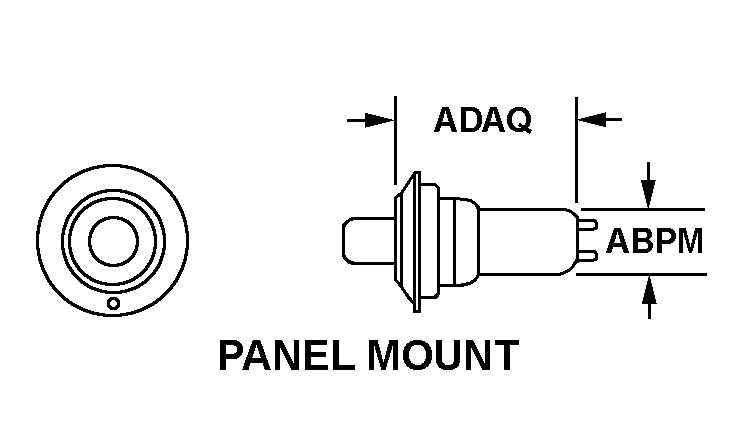
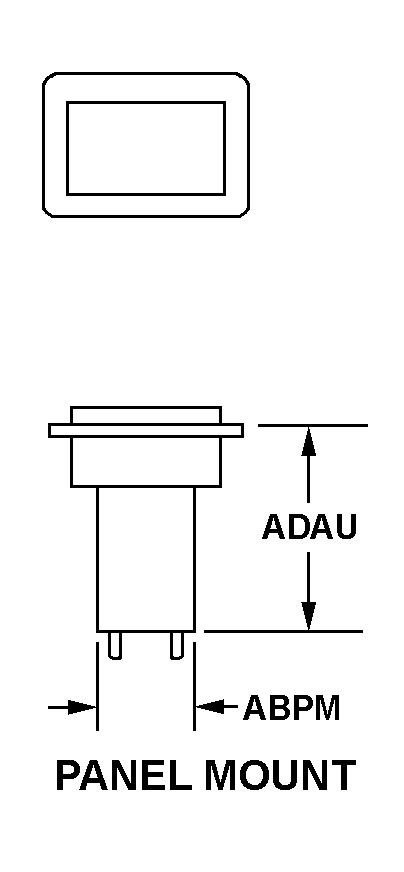
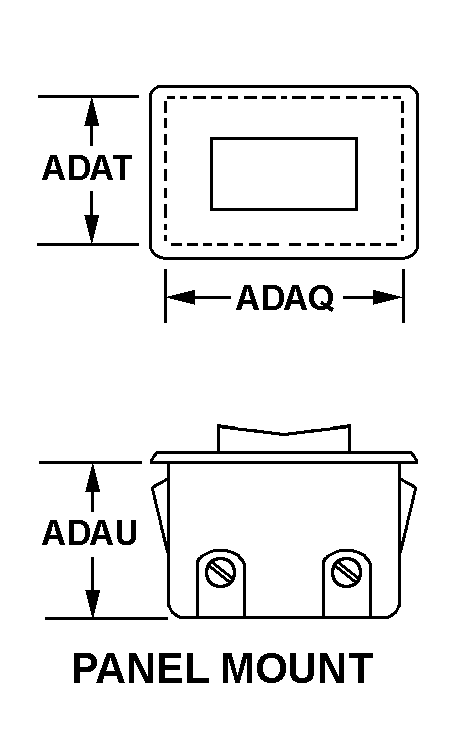
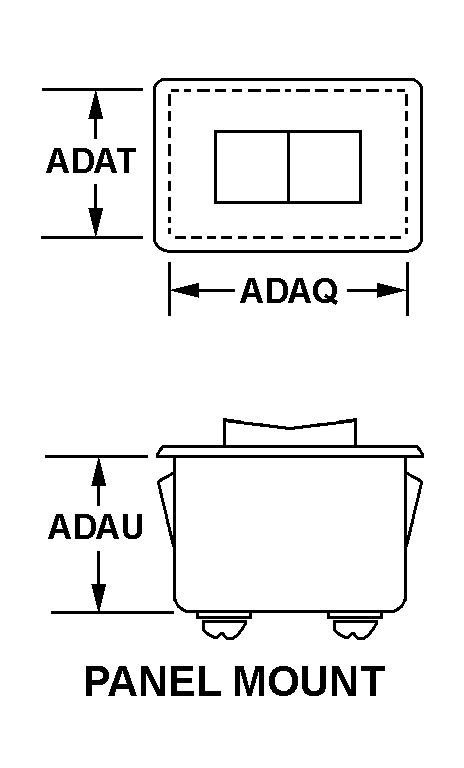
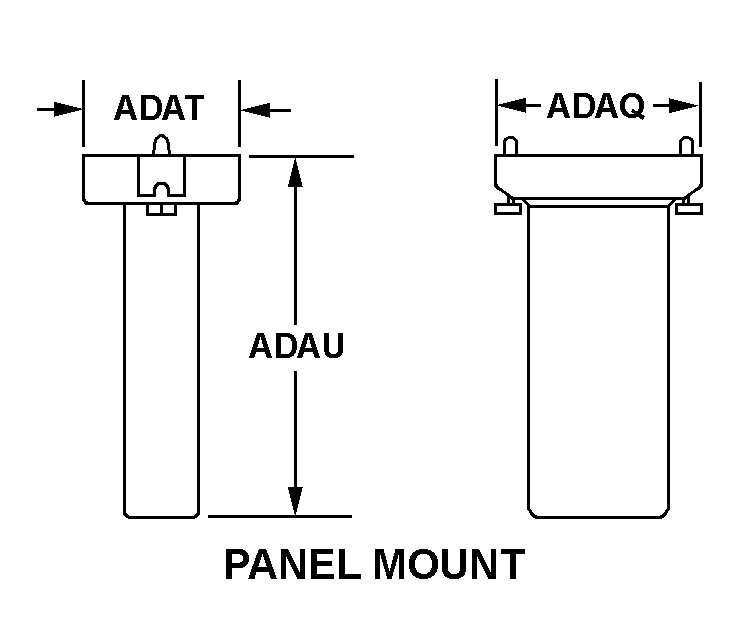
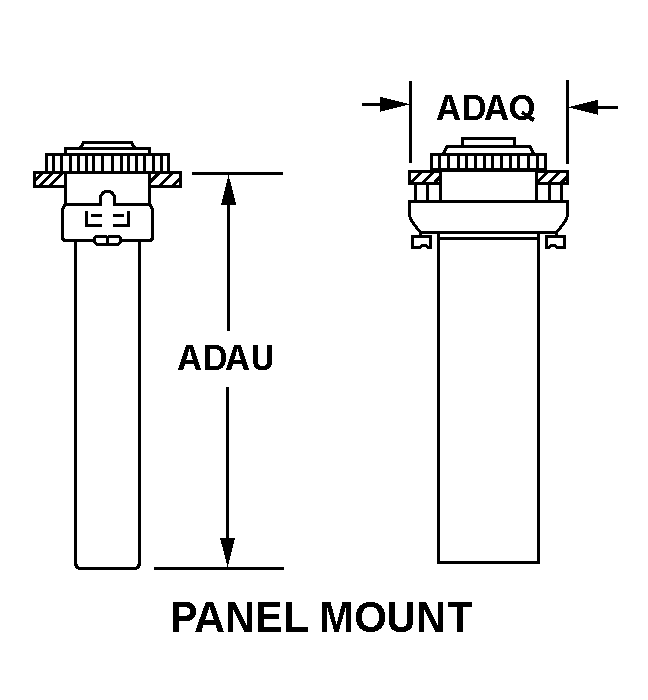

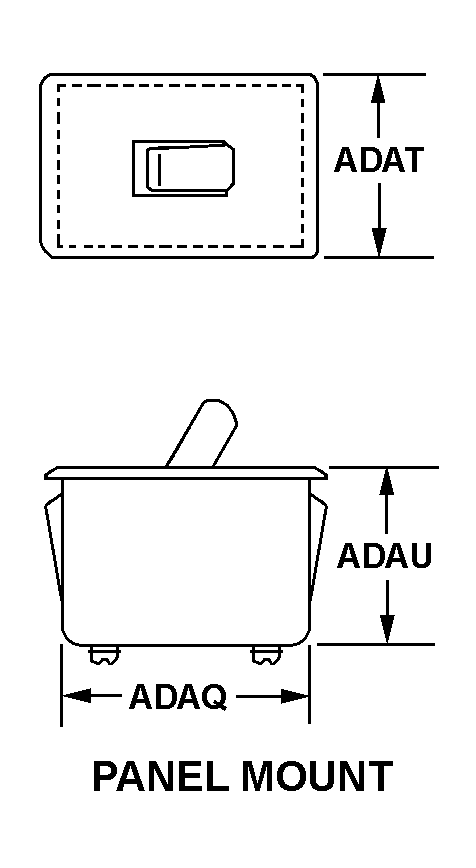
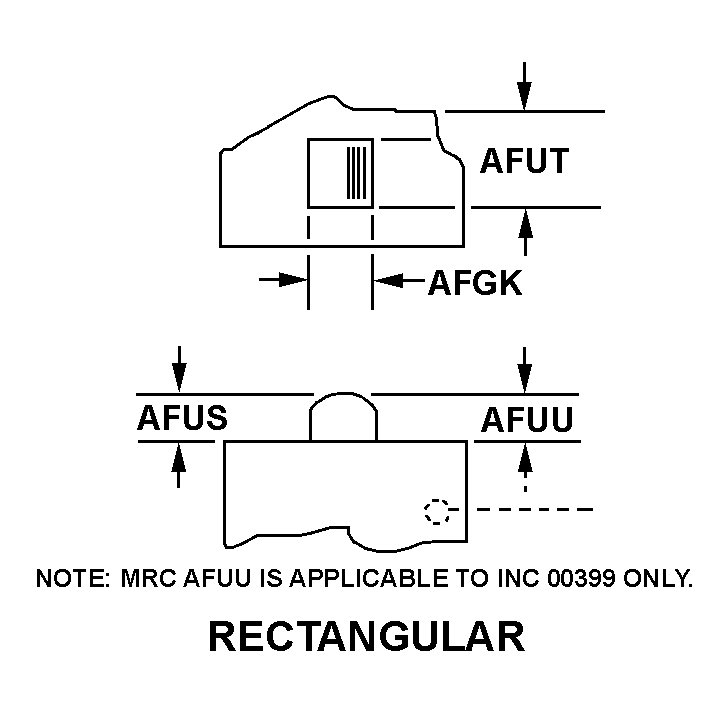
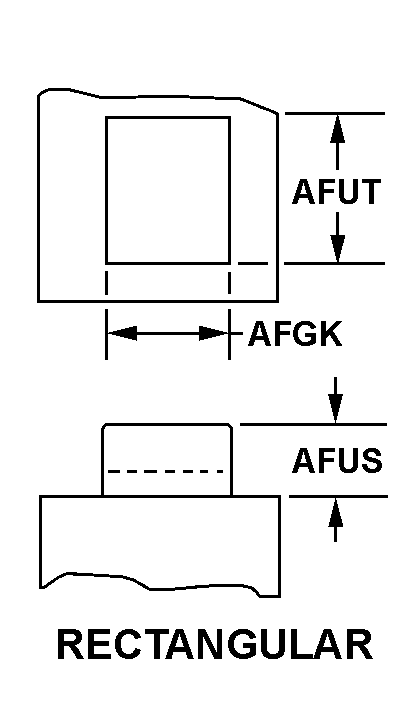

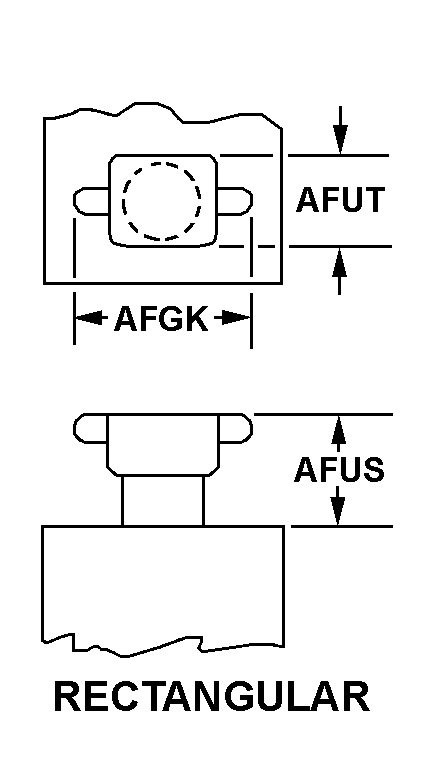
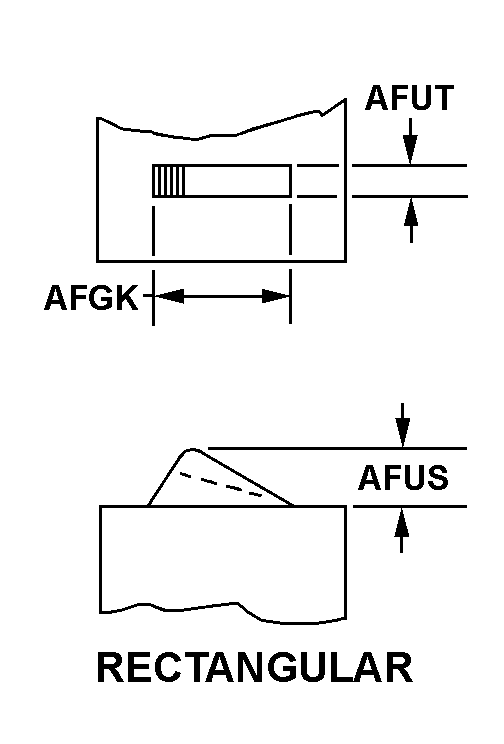
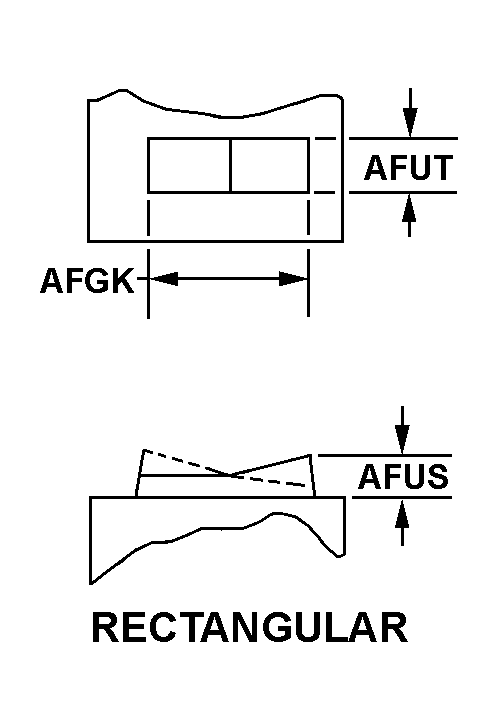
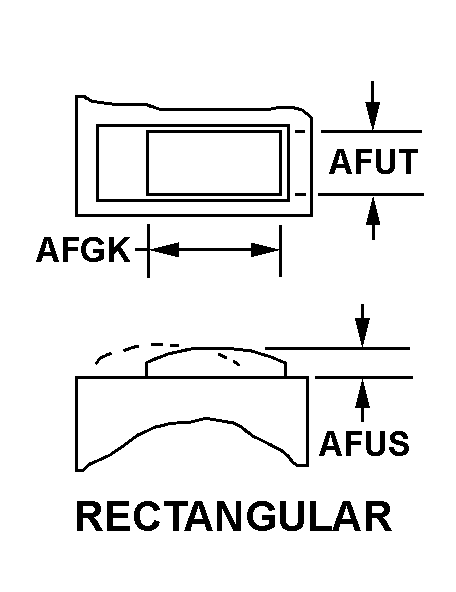
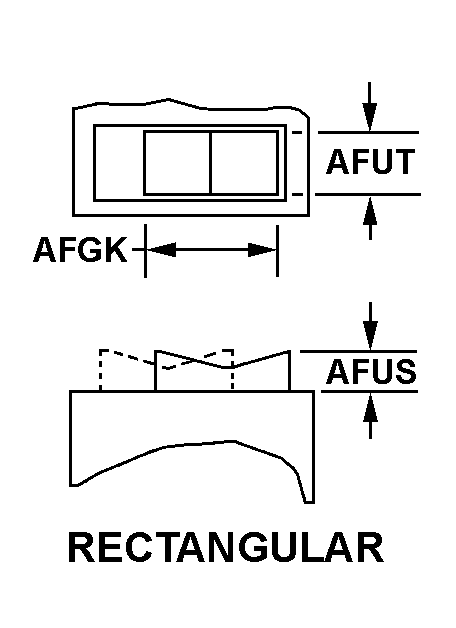
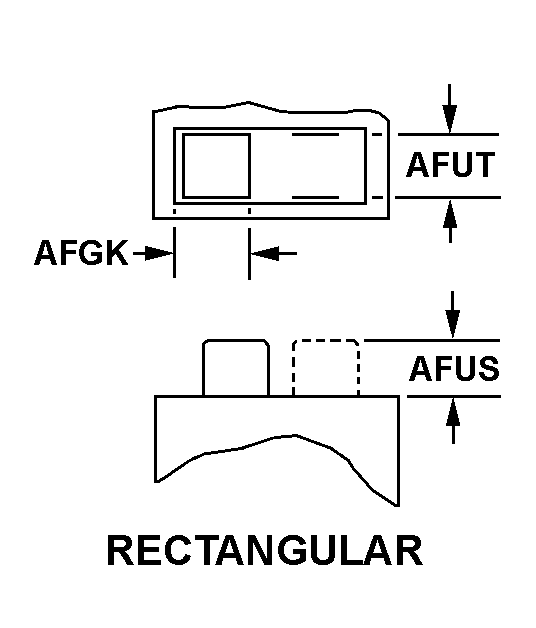
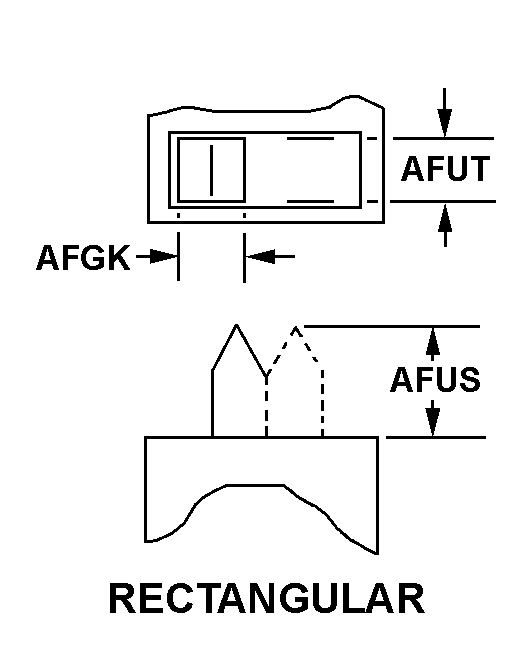
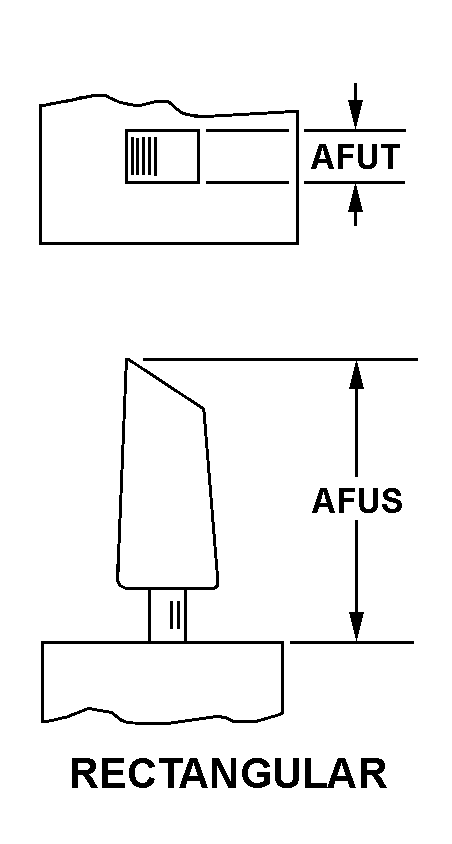
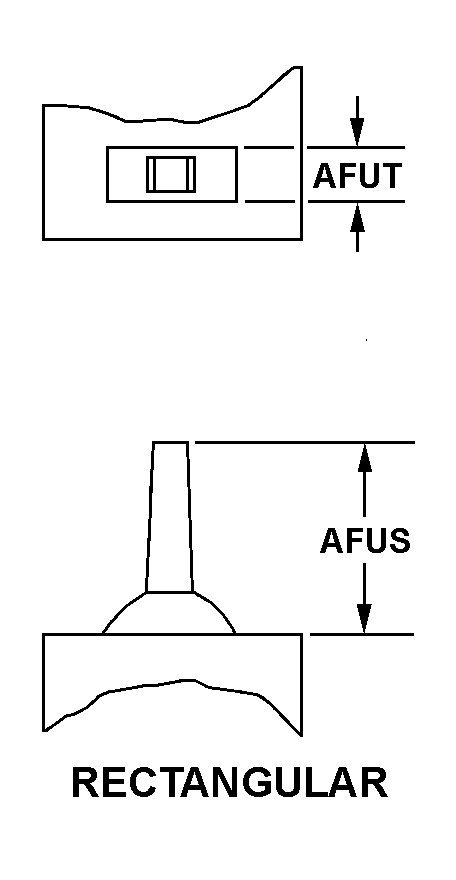
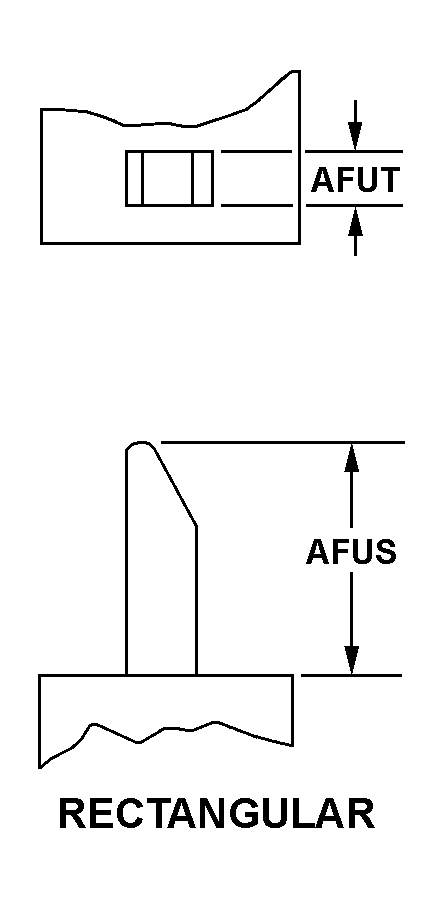
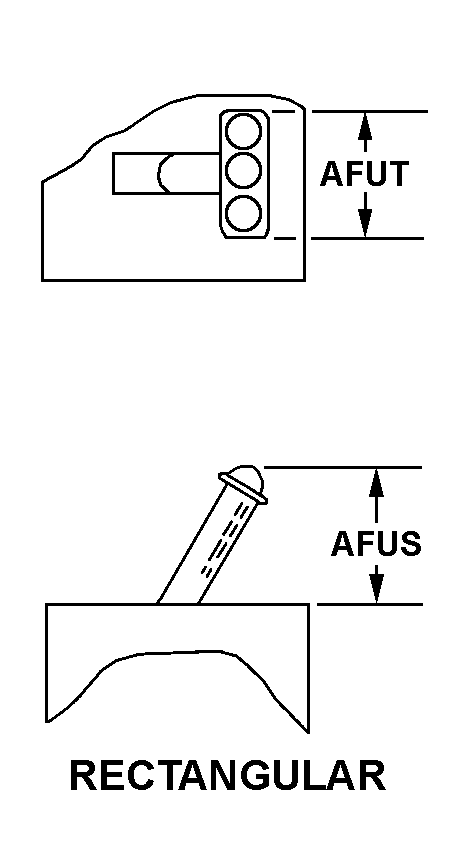
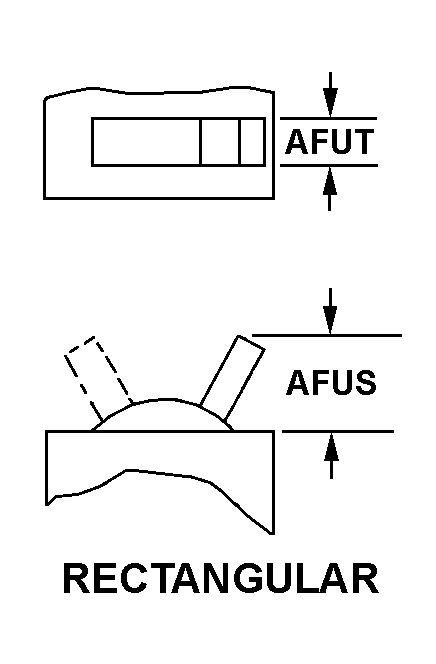
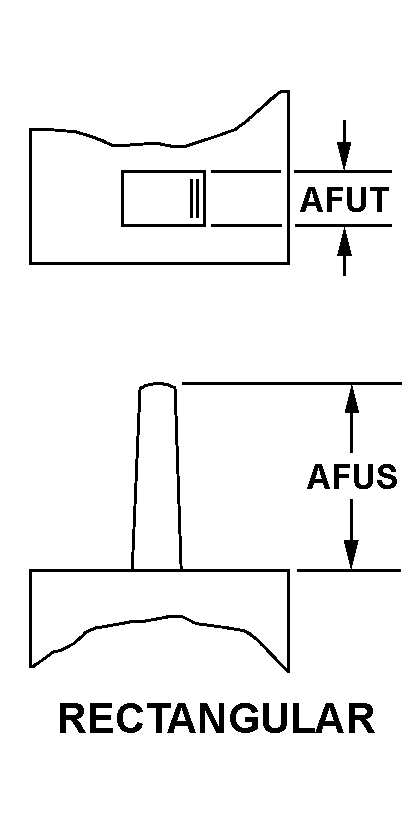
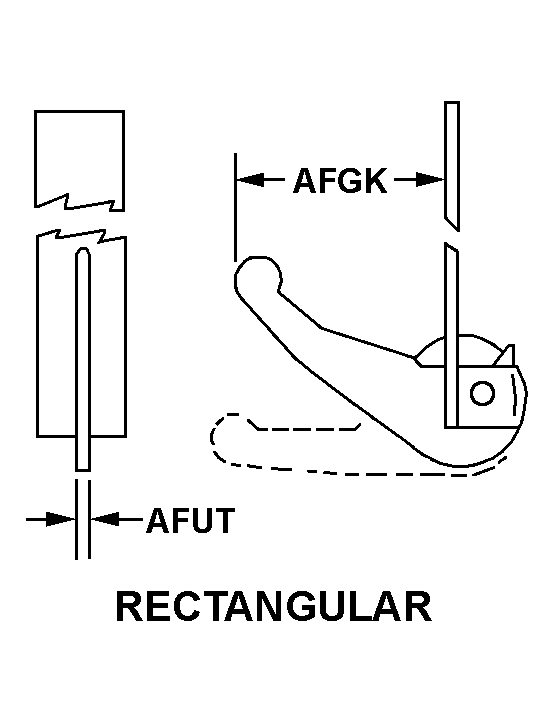
Definition Definition of approved item name (AIN): "SWITCH,TOGGLE"
A switch which is externally actuated by a lever and whose contacts open and close with an instantaneous (snap) action; includes items having one or more momentary positions. Includes switches (snap action) which use mercury to bridge contacts, and assemblages of complete switches (snap action) having common actuators. Excludes switch, lever; switch, rotary; switch, knife; switch, sensitive; and switch, box.
5930-01-531-1048 Material Hazmat, Precious Metals, Criticality, Enviroment, and ESD
Indicates there is no information in the hmirs. The nsn is in a fsc in table ii of fed std 313 and a msds may be required by the user. The requirement for a msds is dependent on a hazard determination of the supplier or the intended end use of item.
Item does not contain precious metal.
No known electrostatic discharge (esd) or electromagnetic interference (emi) sensitivity.
Represents items with no adp components
The item does not have a nuclear hardened feature or any other critical feature such as tolerance, fit restriction or application.
Identification Codes
HMIC: Hazardous Material Indicator Code. A one position code that identifies a hazardous item.
PMIC: Precious Metal Indicator Code. A one position code which identifies items that have precious metals as part of their content. precious metals are those metals generally considered to be uncommon, highly valuable, and relatively superior in certain properties such as resistance to corrosion and electrical conductivity.
ESD: Electrostatic Discharge. Indicates if an item is susceptible to electrostatic discharge or electromagnetic interference damage. electrostatic discharge damage occurs when an accumulation of static electricity generated by the relative motion or separation of materials is released to another item by direct contact. electromagnetic interference damage occurs when an item comes into proximity with an electrostatic or magnetic field.
ENAC: Enviromental Attribute Code. Identifies items with environmentally preferred characteristics.
CRITL: Criticality Indicator Code. Indicates an item is technically critical by tolerance, fit, application, nuclear hardness properties, or other characteristics.






